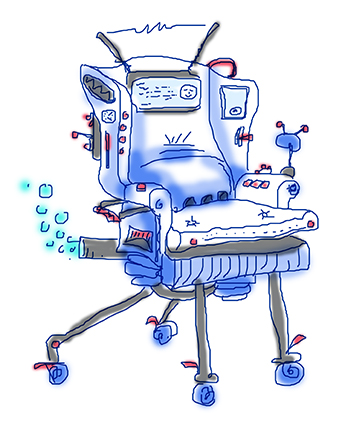
So I’ve learned a new word: Speed Geeking. It’s like speed dating but for geeks to quickly present their ideas to a small group. You have five minutes strict, and then move on to the next presenting geek. It was a very interesting format, but it clearly had accessibility issue: I walk with a cane and I found it very hard. It would have been impossible in a wheelchair. And others with disabilities clearly had issues with this format. But that said, I’ve learned a lot. Below are my notes on the Speed Geeking event at US Rio +2.0. Noel Dickover — Senior New Media Advisor, Office of eDiplomacy, U.S. Department of State — introduced Speed Geeking and ran the event with an iron fist! FrontlineSMS Demoed by Sean Martin McDonald, Director of Operations http://www.frontlinesms.com Main Point: SMS is cheap data that is easy to structure and moves over cell networks (without Internet) Yahoo Demoed by Gil Yehuda, Director of Open Source Product Management at Yahoo! Gil talk about the use of Flickr for journalism, human rights, and keeping people safe. He raised the issue of copyright. KIVA Demoed by Beth Kuenstler, VP of Marketing & Communications If you haven’t…




